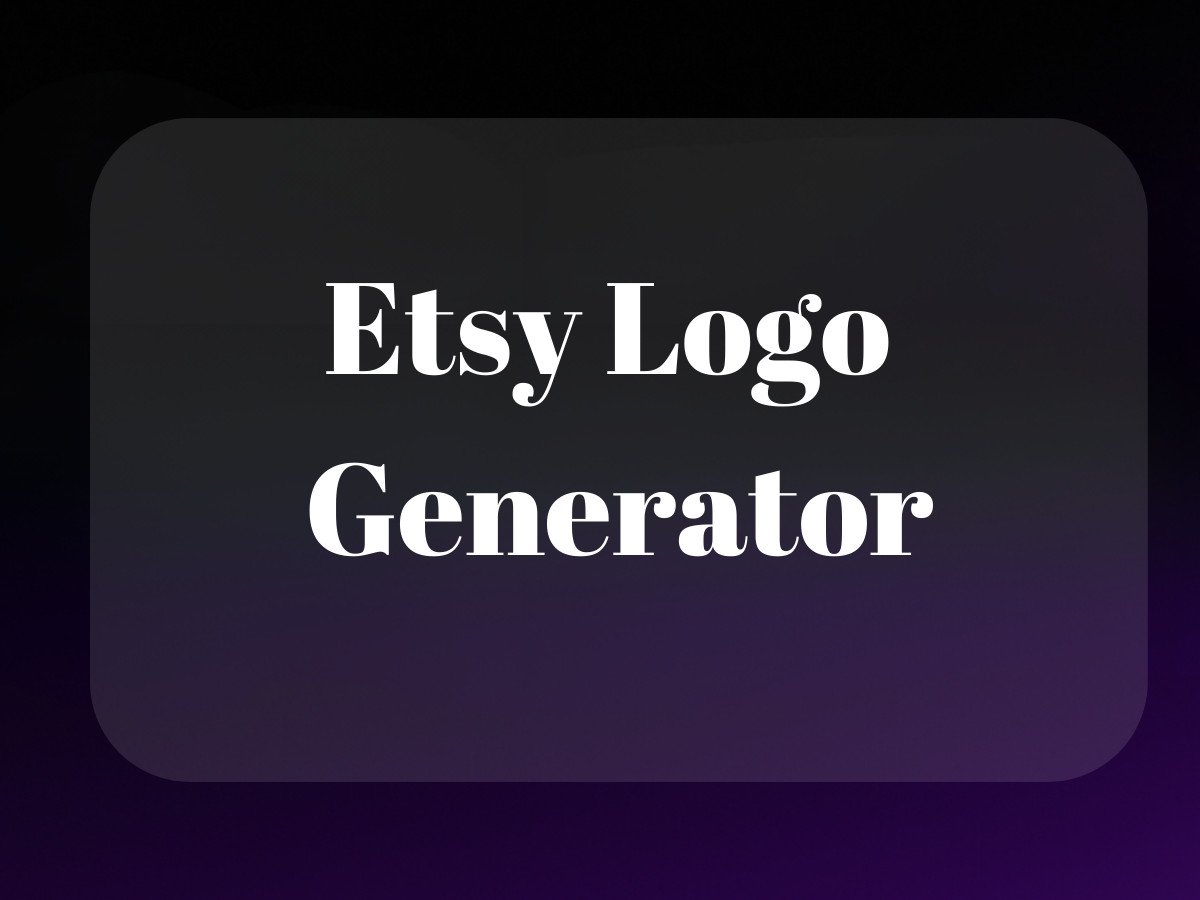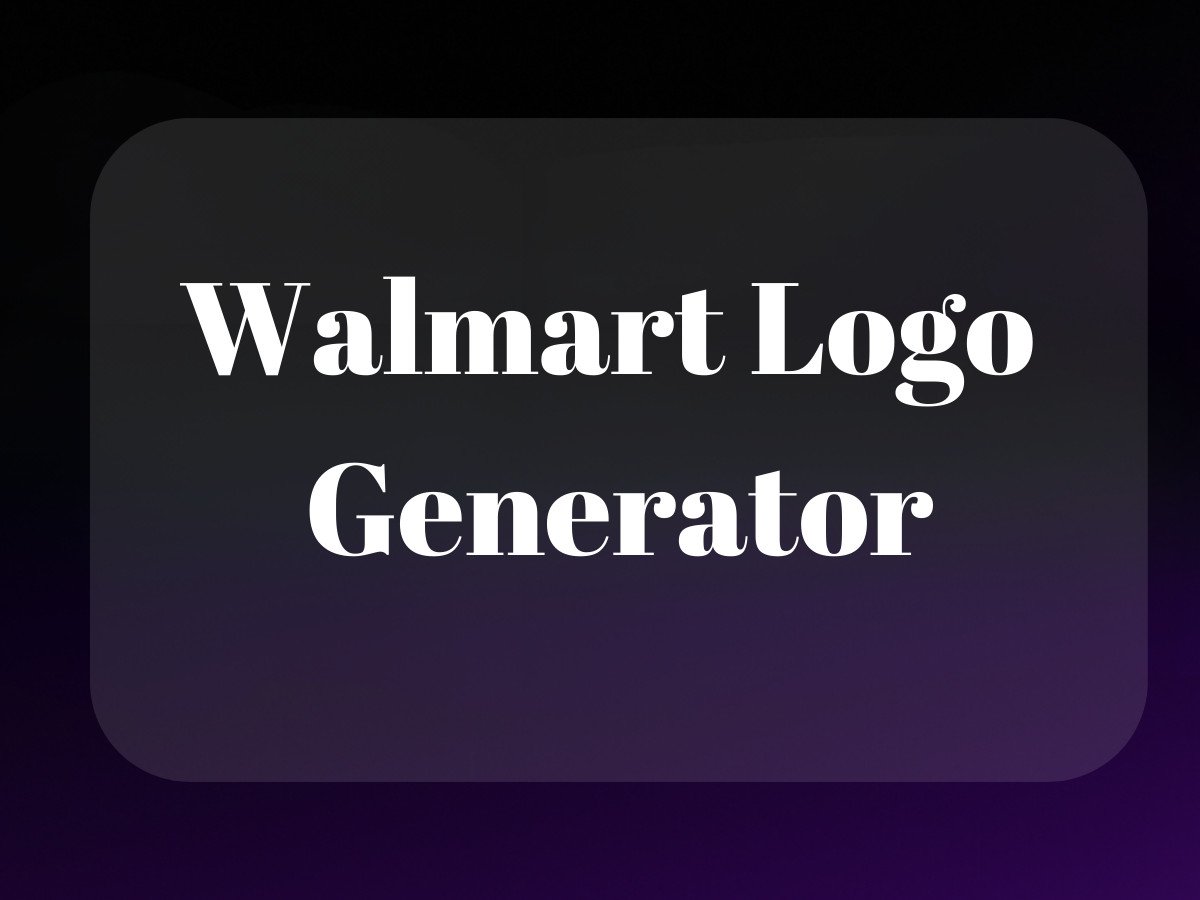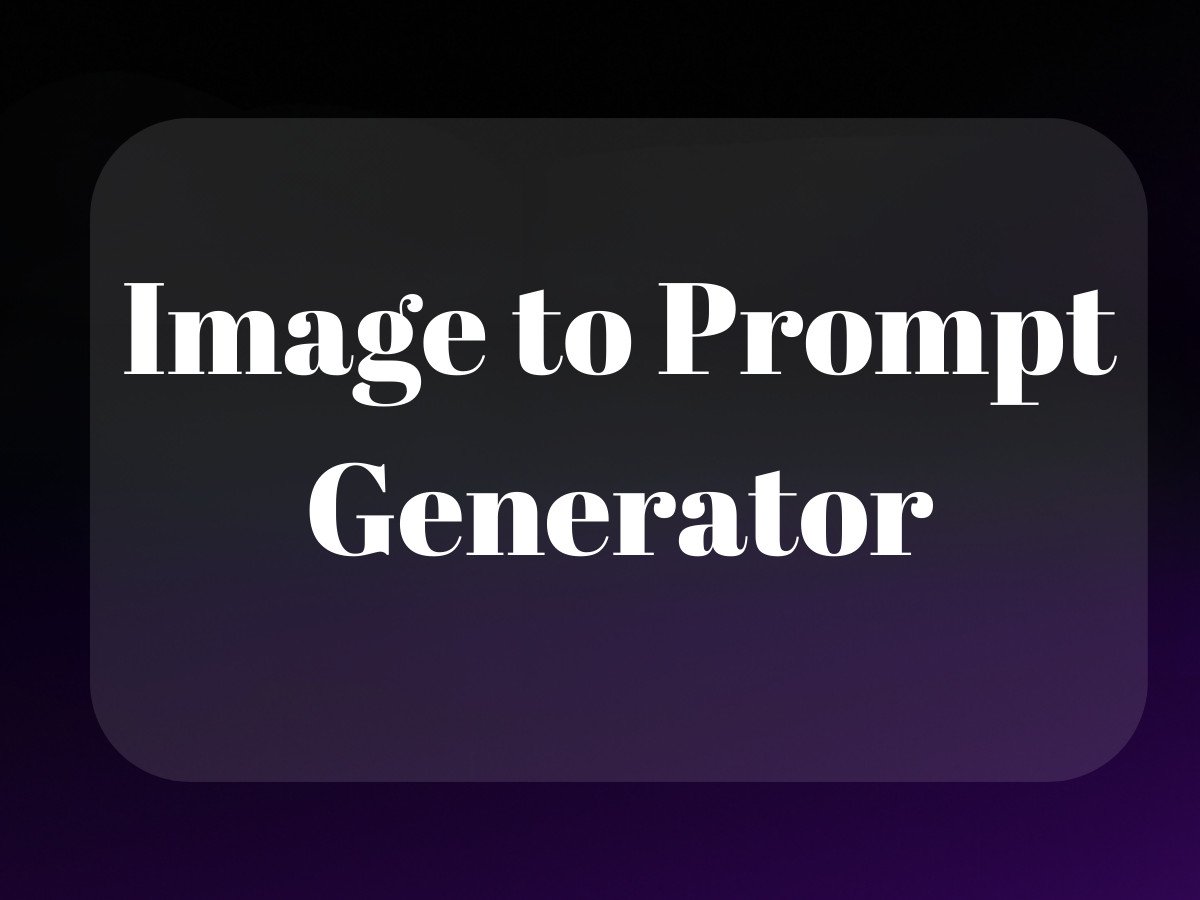Remember when everyone thought being an influencer was just about posting aesthetically pleasing photos of your breakfast? Those days are long gone. Today’s creators are building mini-empires, and Amazon’s Influencer Program might just be the most underutilized weapon in their arsenal. If you’re curious about how to become an Amazon influencer, you’re not alone.
I’ve spent years helping brands and creators navigate the maze of ecommerce, and here’s what fascinates me: while everyone’s obsessing over the latest TikTok trend or Instagram algorithm change, Amazon’s Influencer Program has been quietly evolving into something remarkable. If you’re looking to get approved for Amazon’s Influencer Program, it’s like finding a secret passage in a video game that everyone else walked right past.
How to Create an Amazon Storefront as an Influencer: The Foundation
Let’s get something straight – an Amazon storefront isn’t just another social media profile. It’s more like your own digital boutique inside the world’s largest shopping mall. For those interested in learning how to build an Amazon storefront, this is your chance to shine. And unlike your Instagram grid that disappears into the void after a few days, your Amazon storefront keeps working for you 24/7, turning your recommendations into actual revenue.
The Amazon Influencer Program: More Than Just Another Affiliate Link
You might be thinking, “Isn’t this just Amazon Associates with a fancy name?” Not quite. While the Amazon Associates program is like having a key to the store, the Influencer Program gives you the keys to your own shop inside Amazon. If you want to dive deeper into this, check out our Amazon Creator University. The difference? Instead of dropping individual affiliate links like breadcrumbs across the internet, you’re building a curated destination that reflects your brand and expertise. To understand more about leveraging influencer marketing effectively, visit this guide on HubSpot.
Eligibility: The Numbers Game (Sort Of)
Here’s where things get interesting – and slightly mysterious. Amazon doesn’t publish exact follower requirements because they’re looking at engagement, not just raw numbers. I’ve seen creators with 5,000 highly engaged followers get accepted while others with 50,000 followers get rejected. For more insights, explore our comparison of Temu vs. Shein. It’s like a college application process where your extracurriculars matter more than your SAT scores.
Eligibility Criteria for the Amazon Influencer Program
If you’re wondering how to create an Amazon storefront as an influencer, the first step is gaining approval for the Amazon Influencer Program. While Amazon doesn’t disclose strict eligibility requirements, certain factors improve your chances of acceptance.
Key Eligibility Factors
✅ Platform Requirements
- You must have an active, public account on at least one of these platforms:
- YouTube: Video content creators often have higher approval rates.
- Instagram: Engagement matters more than just follower count.
- TikTok: Short-form video influencers have a strong presence.
- Facebook: Business pages perform better than personal accounts.
✅ Content Quality
- Amazon looks for original, high-quality content that aligns with its marketplace.
- Consistency in posting and audience interaction increases your chances.
- Professionalism in presentation and niche relevance are key selection factors.
✅ Follower Count & Engagement
- No official follower minimum, but influencers with at least 1,000 engaged followers tend to have a higher success rate.
- A strong engagement rate (likes, comments, shares) carries more weight than just high follower numbers.
Content Matrix: What Amazon Looks For in Each Platform
| Platform | Follower Recommendation | Key Approval Factors |
|---|---|---|
| YouTube | 1,000+ subscribers | Video views, watch time, engagement |
| 1,000+ followers | Engagement rate, quality posts, brand partnerships | |
| TikTok | 1,000+ followers | Video views, shares, comment interactions |
| Business page with audience | Post engagement, video views |
Getting Started: The Application Process

The application process is surprisingly straightforward, but there are some quirks you need to know about. First, you’ll need to choose which platform you want to apply through – YouTube, Instagram, Facebook, or TikTok. Pro tip: apply through the platform where your engagement rates are highest, not necessarily where you have the most followers.
Platform-Specific Requirements That Actually Matter
- YouTube: Focus on consistent posting and watch time
- Instagram: Engagement rate and authentic interactions trump follower count
- TikTok: Viral hits are nice, but consistent engagement is better
- Facebook: Business pages perform better than personal profiles
The Setup Phase: Building Your Digital Storefront
Once you’re accepted (congratulations, by the way), you’ll get access to your own dashboard. This is where the real work begins. For more tips, check out how to sell stuff on Amazon. Think of it like setting up a physical store – you wouldn’t just throw products on shelves randomly, would you? Your storefront needs the same strategic thinking.
The first thing you’ll want to do is customize your URL. Make it memorable, brand-aligned, and easy to say out loud. Why? Because you’ll be sharing it verbally in videos and potentially in podcasts. Trust me, “amazon.com/shop/lifestyle-guru-jane” works better than “amazon.com/shop/jane_lifestyle_2024_official”.
The Psychology of Store Design
Here’s something most guides won’t tell you: the way you organize your storefront can significantly impact your conversion rates. I’ve analyzed hundreds of successful Amazon storefronts, and there’s a pattern: the most successful ones think like traditional retailers.
They create clear categories, use seasonal displays (think digital end-caps), and understand the importance of “above the fold” content. Your storefront isn’t just a list of products – it’s a narrative about your taste and expertise. The best creators use their storefronts to tell a story, not just sell stuff. For more insights, visit Temu Influencer Program.
Think about it: when was the last time you bought something from a messy store? The same principle applies here. Your Amazon storefront should feel like walking into a well-organized boutique, not a garage sale. This means thoughtful categorization, clear descriptions, and a cohesive aesthetic that matches your brand.
Creating Your Amazon Influencer Storefront: The Foundation
Let’s get real for a second – setting up an Amazon storefront isn’t rocket science, but it’s not exactly a walk in the park either. Think of it like building your own digital boutique, except instead of dealing with inventory and shipping headaches, you’re curating products that already exist. Pretty sweet deal, right?
The first thing you need to know about how to create an Amazon storefront as an influencer is that it’s fundamentally different from being a regular Amazon affiliate. While both programs let you earn commissions, the Influencer Program is like getting a VIP pass to the party – you get your own customizable storefront, the ability to create shoppable videos, and access to exclusive features that regular associates can only dream about. Learn more about how brands can leverage the power of influencer marketing on Amazon by visiting this Forbes article.
Qualifying for the Amazon Associates Program vs. Influencer Status
Here’s where things get interesting. The amazon associates program has pretty straightforward requirements – basically, if you can fog a mirror and have a website, you’re in. But the amazon influencer program? That’s a whole different ball game. They’re looking for creators who’ve built genuine connections with their audience, not just someone with a bunch of bought followers (yeah, they can tell).
Setting Up Your Storefront for Success
Once you’ve gotten the golden ticket of approval for your amazon affiliate marketing journey, it’s time to make your storefront shine. And trust me, this isn’t just about slapping some products on a page and calling it a day. For more insights, don’t miss our Walmart Creator blog.
Design Elements That Convert
Your amazon storefront needs to reflect your personal brand while still feeling like a natural extension of the Amazon ecosystem. It’s like being a DJ – you’re mixing your own style with what works for the platform. Start with your banner image – make it pop, but keep it professional. Your profile should tell your story in a way that makes people want to stick around and shop.
Product Curation Strategy
Here’s a secret most guides won’t tell you about how to become an amazon influencer: your product selection matters more than your follower count. I’ve seen creators with “modest” followings absolutely crush it because they understand their niche and curate products that genuinely solve their audience’s problems. For a deeper understanding, check out Amazon Search Engine Marketing Guide.
Advanced Features and Optimization

Once you’ve got the basics down, it’s time to dive into the features that can really set your amazon influencer storefront apart. The platform offers some pretty powerful tools that most creators barely touch – their loss, your gain. For more on this, consider our article on Temu Shipping.
Video Integration That Sells
Remember when I said this isn’t just about listing products? This is where that comes into play. Creating shoppable videos for your storefront is like having your own QVC channel, minus the cheesy sales pitch. You can demonstrate products, share honest reviews, and build trust with your audience in a way that static images never could.
Collection Creation and Management
Think of collections as your store’s departments. But instead of following Amazon’s rigid categories, you can create themed collections that make sense for your audience. “My Morning Routine Essentials” sells better than “Health & Personal Care” – it tells a story, and stories sell.
Maximizing Your Earning Potential
Let’s talk money – because that’s why we’re all here, right? The key to successful affiliate marketing amazon style isn’t just about pushing products; it’s about building a sustainable business model that grows with your influence. Learn more in our Amazon Product Photo Size blog.
Commission Structure Understanding
The amazon affiliate program rates vary by category, and understanding these differences can dramatically impact your earnings. Some creators focus only on high-commission categories, but I’ve found that a balanced approach – mixing high-commission items with products your audience actually needs – works better long-term.
Here’s the thing about creating an amazon storefront: it’s not just about following a checklist. It’s about building something that serves your audience while serving you. Think of it as creating your own little corner of the internet’s largest marketplace – a space where your recommendations carry weight and your expertise shines through.
The most successful influencer storefronts I’ve seen aren’t just product showcases – they’re carefully curated experiences that reflect the creator’s personality while solving real problems for their audience. And isn’t that what influence is really about? To explore more topics, visit our collection of ecommerce podcasts.
Maximizing Your Amazon Storefront Success
Let’s be real – creating an Amazon storefront as an influencer isn’t like building a spaceship (though sometimes the technical hurdles might make it feel that way). It’s more like setting up your dream retail store, except instead of dealing with inventory and rent, you’re curating products and creating content that resonates with your audience.
Advanced Optimization Techniques
Here’s where most influencers get stuck – they treat their Amazon storefront like a static portfolio when it should be more like a living, breathing ecosystem. Think of it as your digital storefront that needs constant pruning and care, much like how Netflix constantly tweaks its recommendation algorithm to keep viewers engaged.
I’ve seen countless creators focus solely on adding more products without considering the user experience. Your storefront isn’t just a collection of links – it’s a carefully curated journey for your followers. Break your collections into digestible chunks. If you’re a tech reviewer, don’t just dump all gadgets into one list. Create specific collections like “Budget-Friendly Tech Under $50” or “Must-Have Home Office Upgrades 2024”. If you need more insights, explore our post on how to get traffic to your Shopify store.
Leveraging Analytics for Growth
The amazon associates program provides robust analytics, but here’s the kicker – most influencers barely scratch the surface of what this data can tell them. Your dashboard is like having a retail store with invisible sensors tracking every customer movement. Which products are getting the most views? What’s your conversion rate on different categories? These aren’t just numbers – they’re your audience telling you exactly what they want.
Creating Content That Converts

Remember when I mentioned treating AI like an intern? Well, your Amazon storefront content strategy needs similar guidance and direction. You can’t just throw products at the wall and see what sticks. The key to amazon affiliate marketing success is creating content that serves a purpose. For more tips, read our article on Printify vs. Shopify.
Your video content should answer the questions your audience hasn’t even thought to ask yet. Instead of generic “unboxing video #147,” create content like “5 Hidden Features of This Coffee Maker That Changed My Morning Routine.” This is how you become an amazon influencer who actually influences.
Building Trust Through Authenticity
Want to know how to become an amazon affiliate that stands out? Stop trying to sell everything. Yeah, I know it sounds counterintuitive, but hear me out. The most successful amazon associate creators I’ve worked with are those who occasionally tell their audience NOT to buy certain products. This builds trust, and trust converts better than any marketing tactic. For a creative touch to your storefront, explore our AI Image Generator.
Future-Proofing Your Amazon Storefront
The landscape of affiliate marketing amazon is constantly evolving. What worked in 2023 might not cut it in 2024. Stay ahead by focusing on these emerging trends:
- Video-first content: Short-form video is king, and Amazon’s pushing hard in this direction
- Mobile optimization: Over 70% of Amazon shopping happens on mobile devices
- Social commerce integration: The lines between social media and shopping are blurring
- AI-powered personalization: Using data to create more targeted recommendations
Scaling Your Operation
As your amazon influencer storefront grows, you’ll need systems to manage it effectively. This isn’t about working harder – it’s about working smarter. Use tools to schedule content, track performance, and maintain consistency. Think of your storefront as a startup – what systems can you put in place today that will make scaling easier tomorrow? To explore the Amazon Influencer Program further, check out Amazon’s official page.
The Bottom Line
Creating an Amazon storefront isn’t just about following a checklist – it’s about building a sustainable business that serves your audience while generating revenue. The most successful influencers don’t just sell products; they create experiences, solve problems, and build communities. Explore more in our blog.
Remember, your storefront is more than just a collection of affiliate links – it’s your digital real estate in the vast Amazon ecosystem. Treat it with the same care and attention you’d give to a physical store, and you’ll see the results in both engagement and revenue.
The question isn’t just how to create an amazon storefront – it’s how to create one that stands the test of time. Focus on providing value, building trust, and constantly evolving with your audience’s needs. That’s not just how you survive in this space – it’s how you thrive.
Related Articles:
- Become an Amazon Influencer in 2024: Beginner’s Guide
- Amazon Creator University: A Complete Guide for Sellers
- How to Build an Amazon Storefront: A Beginner’s Guide
Frequently Asked Questions
How many followers do you need to create an Amazon storefront?
Amazon does not specify an exact number of followers needed to create a storefront as an influencer. Instead, they evaluate applications based on the influencer’s engagement level, content quality, and platform presence. Popular platforms for consideration include YouTube, Instagram, Facebook, and TikTok.
How do I make an Amazon influencer list?
To create an Amazon influencer list, first join the Amazon Influencer Program. Once approved, you can curate lists of recommended products and organize them into categories that suit your audience’s interests. This involves selecting products from Amazon’s catalog and adding them to your storefront, making it easy for followers to shop your recommendations.
Is Amazon storefront the same as Amazon influencer?
An Amazon storefront is a personal page on Amazon where influencers can showcase their recommended products. The Amazon Influencer Program is the initiative that allows influencers to create such storefronts. While the storefront is a feature, being an Amazon influencer involves more, such as promoting products and earning commissions through affiliate links.
Does everyone have an Amazon storefront?
Not everyone has an Amazon storefront; it is specifically available to those who are approved as influencers through the Amazon Influencer Program. This program is designed for social media personalities who have a significant and engaged following. Once accepted, influencers can create a customized storefront on Amazon.
What qualifies you for an Amazon storefront?
To qualify for an Amazon storefront, you need to have a significant social media following and demonstrate high engagement rates on platforms like YouTube, Instagram, Facebook, or TikTok. Amazon considers factors such as the quality of content, the relevance of your audience to the products, and your overall influence in the application review process.
About the Author
Vijay Jacob is the founder and chief contributing writer for ProductScope AI focused on storytelling in AI and tech. You can follow him on X and LinkedIn, and ProductScope AI on X and on LinkedIn.
We’re also building a powerful AI Studio for Brands & Creators to sell smarter and faster with AI. With PS Studio you can generate AI Images, AI Videos, Chat and Automate repeat writing with AI Agents that can produce content in your voice and tone all in one place. If you sell on Amazon you can even optimize your Amazon Product Listings or get unique customer insights with PS Optimize.
🎁 Limited time Bonus: I put together an exclusive welcome gift called the “Formula,” which includes all of my free checklists (from SEO to Image Design to content creation at scale), including the top AI agents, and ways to scale your brand & content strategy today. Sign up free to get 200 PS Studio credits on us, and as a bonus, you will receive the “formula” via email as a thank you for your time.





